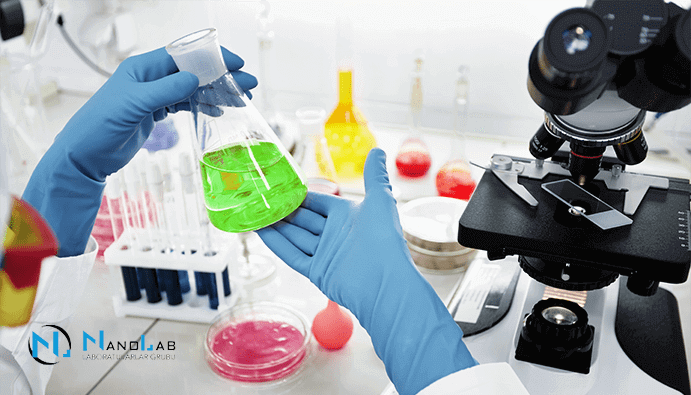Microbiological Tests by Membrane Filtration Method
Microbiological analyzes of foods and waters are carried out for various purposes. Some microorganisms, such as pathogens, are not allowed at all in food and water. Although they are not pathogens, some microorganisms are not allowed in drinking and utility water. For example, colifoma group bacteria should not be present in 250 ml of drinking water. Pathogens are organisms that cause a disease in the human body.The analysis method to be made is decided according to the expected or allowed value in the sample. Here, the sensitivity of the analysis is the determining factor. For example, in analyzes where 100-250 ml water sample will be used, Membrane Filtration method is the most appropriate analysis method. In addition, national and international standards require that all analysis processes be carried out by Membrane Filtration method, except for microorganisms that can grow between 22 and 36 degrees in domestic and drinking water. In the Membrane Filtration method, filters with pores so small that microorganisms cannot pass are used.
Today, the most common areas where the Membrane Filtration method is used are drinking and utility waters, mineral waters and particle-free beer, wine and soft drinks. City water is also included in the waters. This method is used for sterilization control of drinking water before filling. The important thing here is to use the right filter. The laboratory control of soft drinks and alcoholic beverages is mostly done for quality control purposes.
In accordance with the development of nanotechnology, water analyzes have also started to be made frequently. Nano laboratories perform quite different analyzes on this subject. Microbiological analyzes of alcoholic beverages are also included in these services for sterility of drinking and utility water and for quality control purposes.
Within the scope of microbiological analysis, different analyzes are carried out. A few of them can be counted as follows:
• e.coli and coliform count by membrane filtration method
• Salmonella count by membrane filtration method
• P.aeruginosa count by membrane filtration method
• By membrane filtration method c. perfringens count
• Enterococci count by membrane filtration method
• Colony count at 22 degrees and 37 degrees


